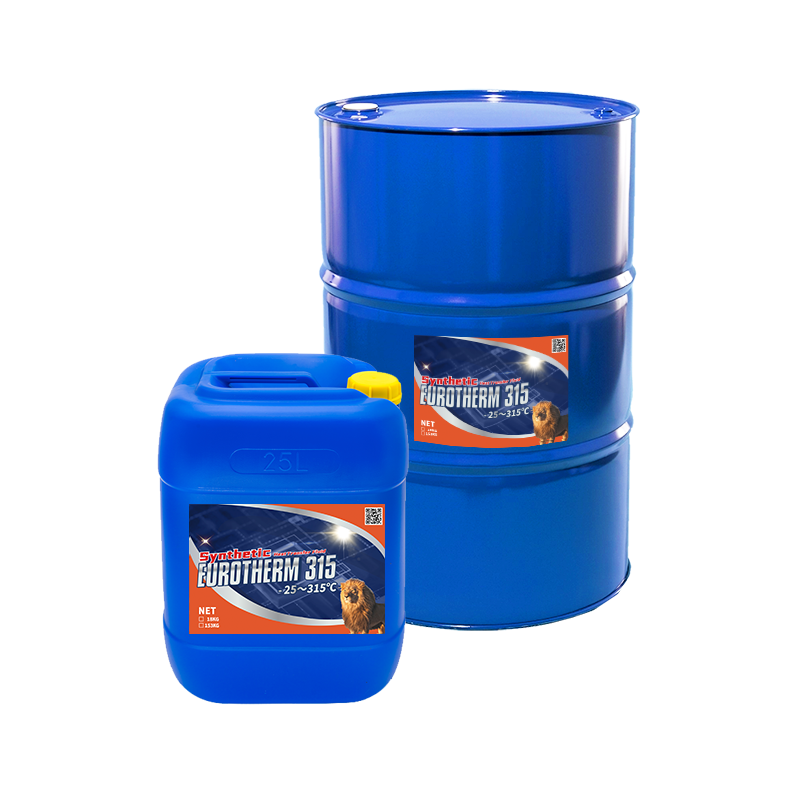Chemie Fundamentals Explained
The Definitive Guide for Chemie
Table of ContentsChemie - QuestionsIndicators on Chemie You Need To KnowThe Ultimate Guide To Chemie8 Simple Techniques For ChemieSome Known Incorrect Statements About Chemie The Ultimate Guide To Chemie
By Bojanna Shantheyanda, Sreya Dutta, Kevin Coscia and David SchiemerDynalene, Inc. Liquid air conditioning, which can be attained making use of indirect or direct ways, is utilized in electronics applications having thermal power thickness that might go beyond secure dissipation through air cooling. Indirect liquid air conditioning is where heat dissipating digital elements are physically separated from the fluid coolant, whereas in situation of direct air conditioning, the components are in straight contact with the coolant.Nonetheless, in indirect air conditioning applications the electric conductivity can be essential if there are leaks and/or splilling of the fluids onto the electronic devices. In the indirect air conditioning applications where water based fluids with rust inhibitors are generally used, the electrical conductivity of the liquid coolant mainly depends upon the ion focus in the fluid stream.
The increase in the ion focus in a closed loop fluid stream may take place because of ion seeping from metals and nonmetal parts that the coolant fluid is in contact with. Throughout procedure, the electric conductivity of the fluid might raise to a level which could be hazardous for the cooling system.
What Does Chemie Do?
(https://www.goodreads.com/user/show/186204644-bette-anderson)They are grain like polymers that can exchanging ions with ions in a service that it touches with. In the here and now job, ion leaching examinations were done with various steels and polymers in both ultrapure deionized (DI) water, i.e. water which is treated to the highest levels of purity, and low electrical conductive ethylene glycol/water mix, with the measured change in conductivity reported with time.
The examples were enabled to equilibrate at room temperature level for 2 days prior to videotaping the initial electric conductivity. In all tests reported in this study liquid electric conductivity was determined to an accuracy of 1% making use of an Oakton disadvantage 510/CON 6 series meter which was calibrated prior to each measurement.
The 5-Second Trick For Chemie
from the wall surface heating coils to the center of the furnace. The PTFE example containers were positioned in the furnace when constant state temperature levels were gotten to. The test setup was gotten rid of from the heating system every 168 hours (seven days), cooled to area temperature level with the electrical conductivity of the liquid determined.
The electric conductivity of the fluid sample was checked for a total amount of 5000 hours (208 days). Schematic of the indirect closed loop cooling experiment set-up. Components made use of in the indirect closed loop cooling down experiment that are in call with the liquid coolant.

All about Chemie
Throughout operation the fluid reservoir temperature level was kept at 34C. The adjustment in liquid electric conductivity was checked for click this 136 hours. The fluid from the system was gathered and stored. Similarly, shut loophole examination with ion exchange material was accomplished with the exact same cleansing treatments utilized. The preliminary electric conductivity of the 230ml UP-H2O in the system measured 1.84 S/cm.

0.1 g of Dowex resin was included to 100g of liquid examples that was absorbed a separate container. The blend was mixed and transform in the electrical conductivity at space temperature level was measured every hour. The determined adjustment in the electrical conductivity of the UP-H2O and EG-LC examination liquids having polymer or steel when immersed for 5,000 hours at 80C is shown Number 3.
Unknown Facts About Chemie
Ion leaching experiment: Calculated adjustment in electric conductivity of water and EG-LC coolants having either polymer or steel samples when immersed for 5,000 hours at 80C. The outcomes indicate that metals contributed fewer ions into the liquids than plastics in both UP-H2O and EG-LC based coolants.
Liquids having polypropylene and HDPE exhibited the most affordable electrical conductivity adjustments. This could be due to the short, inflexible, direct chains which are less likely to add ions than longer branched chains with weak intermolecular forces. Silicone additionally executed well in both examination liquids, as polysiloxanes are generally chemically inert due to the high bond power of the silicon-oxygen bond which would certainly prevent destruction of the product into the liquid.
More About Chemie
It would certainly be anticipated that PVC would create comparable results to those of PTFE and HDPE based upon the similar chemical structures of the products, however there might be various other impurities existing in the PVC, such as plasticizers, that might affect the electric conductivity of the liquid - silicone fluid. Furthermore, chloride teams in PVC can likewise leach right into the examination liquid and can create a rise in electrical conductivity
Buna-N rubber and polyurethane showed indicators of degradation and thermal decay which recommends that their possible utility as a gasket or glue material at greater temperatures might lead to application issues. Polyurethane completely degenerated right into the test liquid by the end of 5000 hour examination. Figure 4. Prior to and after photos of steel and polymer samples immersed for 5,000 hours at 80C in the ion leaching experiment.
Measured adjustment in the electrical conductivity of UP-H2O coolant as a function of time with and without resin cartridge in the shut indirect air conditioning loophole experiment. The determined change in electric conductivity of the UP-H2O for 136 hours with and without ion exchange material in the loop is displayed in Figure 5.